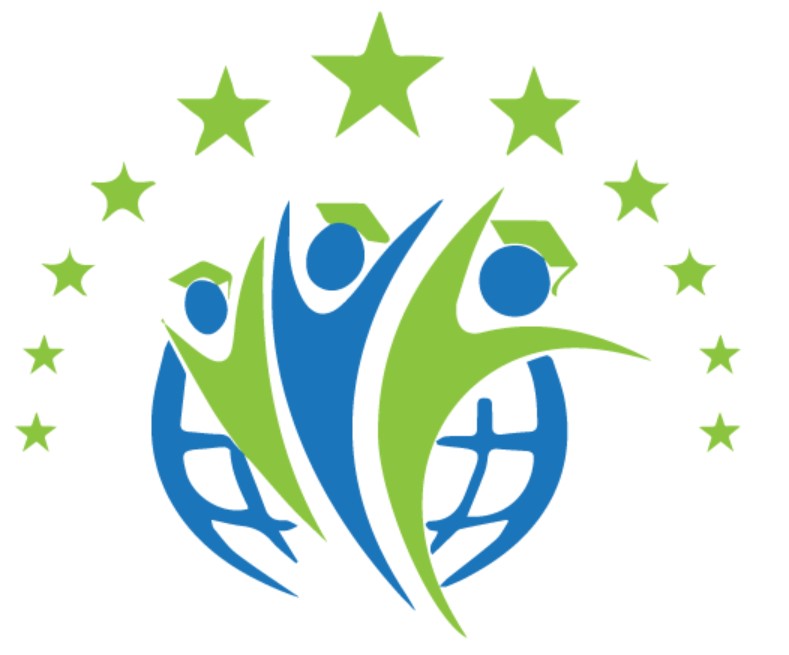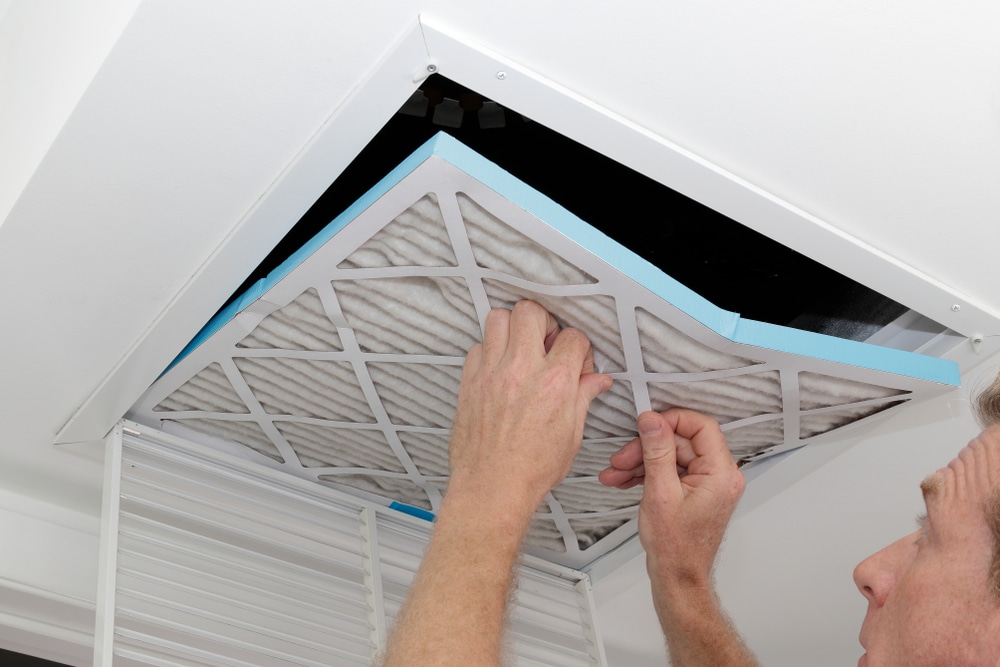Tension type headaches and chronic migraine are common conditions that affect millions of people worldwide. These conditions are not only painful and debilitating, but they also have a significant impact on the workplace.
In this article, we will explore tension headaches and migraines economic impact on the workplace and contrast the direct cost and indirect costs of presenteeism vs absenteeism, due to reduced productivity, when dealing with chronic headache pain in the workplace.
We will also share the story of President U.S. Grant, who suffered from chronic migraines according to former First Lady Julia Grant in her memoirs, the 18th president of the United States suffered debilitating headaches 2 to 3 times a month.
Quote
“I would seat him in his armchair, darken the room, call for a hot footbath with mustard, and, after bathing his feet, I would persuade him to take one of my little pills, when he would lie down and sleep; and always in an hour or two he would wake well and ready for a cigar.” Julia Grant
What are Tension Type Headaches and Migraines?
Tension type headaches and migraines are two distinct types of headache disorders that affect many people. Tension headaches are the most common type of headache and are often caused by stress, anxiety, and tension in the muscles of the head and neck.
Tension headaches are typically characterized by a mild to moderate, band-like pain that affects both sides of the head. The pain is often described as a pressure or tightness sensation, and it may be accompanied by muscle tension in the neck and shoulders. Sensitivity to light and sound may also be present in tension type headache.
Migraine headaches, on the other hand, are a more severe type of headache that is typically accompanied by other symptoms such as nausea, vomiting, and sensitivity to light and sound.
Migraines can be preceded by a prodromal phase, which may include symptoms such as mood changes, food cravings, or increased thirst.
The aura phase, which affects roughly 20% of migraine sufferers, can cause visual disturbances such as flashing lights or blind spots, as well as numbness or tingling in the face, arms, or legs.
The headache phase of a migraine can last anywhere from a few hours to several days and is often characterized by a pulsating or throbbing pain on one side of the head.
The postdrome phase, which follows the headache phase, can cause symptoms such as fatigue, irritability, or difficulty concentrating.
It is important to seek medical advice if you experience frequent or severe tension headaches or migraines, as effective treatments are available to manage these conditions.
Employers can also play a role in supporting their employees who experience tension headaches and migraines by providing accommodations and support to manage their symptoms effectively.
By understanding the clinical indications for these types of headaches, we can take steps to manage the prevalence of migraine condition and promote overall wellness in migraine patients.
President U.S. Grant and Migraines
The story of General Ulysses S. Grant highlights the impact of migraines on an individual’s behavior and mood. Throughout the American Civil War, Grant suffered from severe migraine attacks, which affected him during critical moments of the war.
In April 1865, after cornering Robert E. Lee’s army, Grant developed a migraine due to his stress, anxiety and impatience to bring the pursuit to a close.

Despite trying to alleviate his symptoms by bathing his feet in hot water and using mustard plasters, his headache persisted the following morning. However, upon receiving Lee’s message requesting terms of surrender, Grant’s migraine subsided instantly.
Then he entered the postdrome phase of his migraine attack, characterized by emotional depletion and flatness, followed his headache phase. This phase may have influenced Grant’s subdued mood when he drew up the formal terms of surrender and his generous treatment of the defeated Confederates.
A migraine attack typically consists of four phases: prodrome, aura, headache, and postdrome. The prodromal phase signals the onset of an attack, and it may include a variety of symptoms, such as a craving for sweets, agitation, and uncharacteristic clumsiness. These symptoms of prodrome are often mistaken for drunkenness.
The aura phase involves specific neurological symptoms, such as visual disturbances, sensory disturbances, or difficulty expressing words. The headache phase is characterized by throbbing pain, nausea, and light and sound sensitivity.
Finally, the postdrome phase follows the headache phase and may include a sense of melancholy, fatigue, or a feeling of being “let down.” Many migraine headache sufferers would suggest that the postdrome phase of a migraine feels similar to the hangover you might feel after drinking too much alcohol.
The postdrome phase may last for several hours to a day after the headache phase. In Grant’s case, his postdrome phase may have changed the course of history.
Migraineur Magazine posed the following questions when considering General Grant’s behavior while negotiating with General Lee at the McLean home in Appomattox Court House, Virginia in 1885.
“How much of Grant’s behavior on April 9, 1865 was rooted in migrainous biology? Did his generous terms of surrender result from the dysphoria of a migraine postdrome? If not for his acute migraine, how much compassion would he have shown his enemy?” None of these questions would be a surprise to a chronic migraineur.
Understanding the phases of a migraine attack can help individuals recognize the onset of an attack and take measures to manage their symptoms. While migraines can be debilitating, there are steps that individuals can take to reduce their frequency and severity, such as stress management techniques, avoiding triggers (president Grant’s migraines were often triggered by music), and prescription medication.
By taking steps to manage their migraines, individuals can reduce the impact migraine treatment on their daily lives and promote overall wellness.
The Impact of Tension Headaches and Migraines on the Workplace:
Tension headaches, migraines and other headache disorders can have a significant impact on quality of life and the work environment. These conditions can lead to decreased productivity and increased costs for employers direct medical costs.
The Global Burden of disease 2016 study found that tension-type and migraine headache afflict 3 billion people globally. The Lancet published an editorial that proposed “Migraine as the first cause of disability in under 50s” and ranked Migraine as the second leading cause of level-4 disability. These studies took into account a wide range of sociodemographic factors including: age, sex, education, migration background and ethnicity, religious affiliation, marital status, household, employment, and income.
I was surprised to learn that tension type headache and migraine are most burdensome on women from the age of 15 to 49 yrs.

Tension headaches are the most common form of headache, affecting up to 78% of the general population, at some point in their lives.
It is not a surprise then that individuals who suffer from tension headaches and migraines are at a higher risk of experiencing reduced productivity and absenteeism in the workplace.
This can lead to lost wages and increased healthcare costs for both employees and employers. At-risk populations, such as women and those with a family history of migraines, may be particularly vulnerable to these conditions.
Women are three times more likely to suffer from migraines than men, and individuals with a family history of migraines are more likely to experience these conditions themselves.
When employees suffer from tension headaches and migraine, and other headache disorders, they may experience a range of symptoms that can affect their ability to work.
These symptoms can include pain, sensitivity to light and sound, nausea, and fatigue, which can make it challenging to concentrate and complete tasks efficiently. As a result, productivity can suffer, and employees may need to take time off work to recover from their symptoms.
Presenteeism vs Absenteeism:
When employees experience tension headaches and migraines, they face a difficult decision between presenteeism and absenteeism. Many may choose to come to work despite their symptoms, which is known as presenteeism.
This can have a significant impact on productivity, as employees may not be able to work efficiently or may make mistakes due to their symptoms.
As one employee shared, “I felt guilty taking time off for my migraines, so I would often come into work even when I wasn’t feeling well. But I found that I wasn’t as productive, and my work suffered as a result.”
On the other hand, some employees may choose to take time off work due to their symptoms, which is known as absenteeism. This can reduce the immediate impact of migraine itself on productivity but can also lead to increased costs for employers, such as the cost of sick pay and the cost of hiring temporary staff to cover for absent employees.
As another employee shared, “I used to take time off whenever I had a migraine, but I felt guilty about leaving my colleagues to cover for me. I started coming to work even when I wasn’t feeling well, but I found that it made my symptoms worse and made it harder for me to get my work done.”
The decision to choose between presenteeism and absenteeism is often influenced by economic factors and perceptions of productivity. As one study by the World Health Organization found, “employees may choose presenteeism over absenteeism due to concerns about job security, financial stability, or the perception that they will be seen as less productive if they take time off for their symptoms.”
Employers can play a critical role in addressing these concerns by providing support and accommodations for employees who experience tension headaches, migraines, and other headache disorders. By doing so, they can help employees to manage their symptoms and reduce the impact on productivity.
Comparing the Costs of Presenteeism vs Absenteeism:
According to a study by the National Headache Foundation, tension headaches, migraines and other headache disorders cost employers an estimated $13 billion annually in lost productivity.
This cost is primarily indirect cost driven by presenteeism, as employees who come to work with symptoms of tension headaches and migraines are less productive and may make more mistakes than healthy employees.
While absenteeism can also have a significant impact on productivity and costs, it may be a more cost-effective option for employers. This is because when employees take time off work, they are more likely to recover fully from their symptoms and return to work at full capacity.
In contrast, presenteeism can lead to a longer recovery time and potentially more severe symptoms, which can ultimately result in more time off work in the long run.
In addition to the direct costs of lost productivity, tension headaches and migraines can also lead to indirect costs for employers.
For example, employees who suffer from these conditions may require additional support and accommodations, such as flexible work hours or a quieter workspace.
This can increase annual cost and the workload for managers and colleagues and may require additional resources to implement.
Mitigating the Impact of Tension Headaches and Migraines in the Workplace:
To mitigate the impact and burden of migraine, tension headaches and chronic migraine in the workplace, employers can take a range of measures. These may include:
Education: Educating employees about the causes and symptoms of tension headaches and migraines and other headache disorders can help them to recognize the signs and take action to manage their symptoms.
Accommodations: Providing accommodations such as flexible work hours, quiet workspaces, and ergonomic furniture can help employees to manage their symptoms and reduce the impact on productivity.
Treatment: Providing access to treatment and wellness options such as medication, therapy, and relaxation techniques can help employees to manage their symptoms and reduce the impact on productivity.
Support: Offering support to employees who suffer from tension headaches and migraines, such as access to an employee assistance program, can help them to manage their symptoms and reduce the impact on their work.
FAQs:
Can tension headaches and migraines be prevented?
While tension headaches and migraines cannot be prevented entirely, there are steps that individuals can take to reduce their risk of developing these conditions. These may include practicing stress-management techniques, maintaining a healthy lifestyle, and avoiding triggers such as certain foods and environmental factors.
Are tension headaches and migraines covered under disability insurance?
Tension headaches, migraines and other headache disorders may be covered under disability insurance, depending on the severity of the headache related disability, the condition and the individual’s ability to work. It is important to check with your insurance provider for specific details.
What are some common triggers for tension headaches and migraines?
Common triggers for tension headaches and migraines may include stress, anxiety, fatigue, certain foods, hormonal changes, and environmental factors such as bright lights and loud noises.
Conclusion:
Tension headaches and chronic migraine are common conditions that can have a significant impact on the workplace. While both presenteeism and absenteeism can result in costs for employers, mitigating the impact of these conditions through education, accommodations, treatment, and support can help to reduce the overall cost of lost productivity. By understanding the impact of tension headaches and migraine and other headache disorders on the workplace, employers can take steps to support their employees and promote a healthy and productive work environment.
References
National Headache Foundation. (n.d.). Workplace Productivity and Migraine. Retrieved from https://headaches.org/2018/07/26/workplace-productivity-and-migraine/
Migraine Trust. (n.d.). The Cost of Migraine. Retrieved from https://www.migrainetrust.org/about-migraine/migraine-what-is-it/facts-figures/
American Migraine Foundation. (n.d.). Tension Headache. Retrieved from https://americanmigrainefoundation.org/resource-library/tension-headache/
Mayo Clinic. (2021, February 24). Migraine. Retrieved from https://www.mayoclinic.org/diseases-conditions/migraine-headache/symptoms-causes/syc-20360201
American Psychological Association. (n.d.). Presenteeism: A Costly Problem. Retrieved from https://www.apa.org/workforce/publications/impact
World Health Organization. (n.d.). Headache Disorders. Retrieved from https://www.who.int/news-room/q-a-detail/headache-disorders
Harvard Health Publishing. (2019, September). Migraine. Retrieved from https://www.health.harvard.edu/a_to_z/migraine-a-to-z
Centers for Disease Control and Prevention. (2021, February 19). Migraine. Retrieved from https://www.cdc.gov/nchs/fastats/migraine.htm





